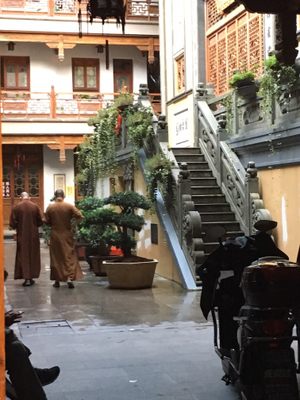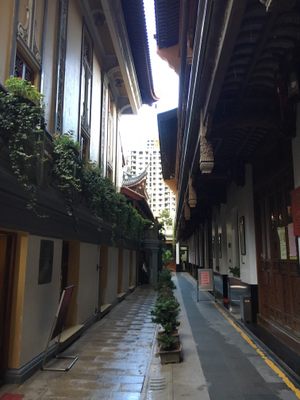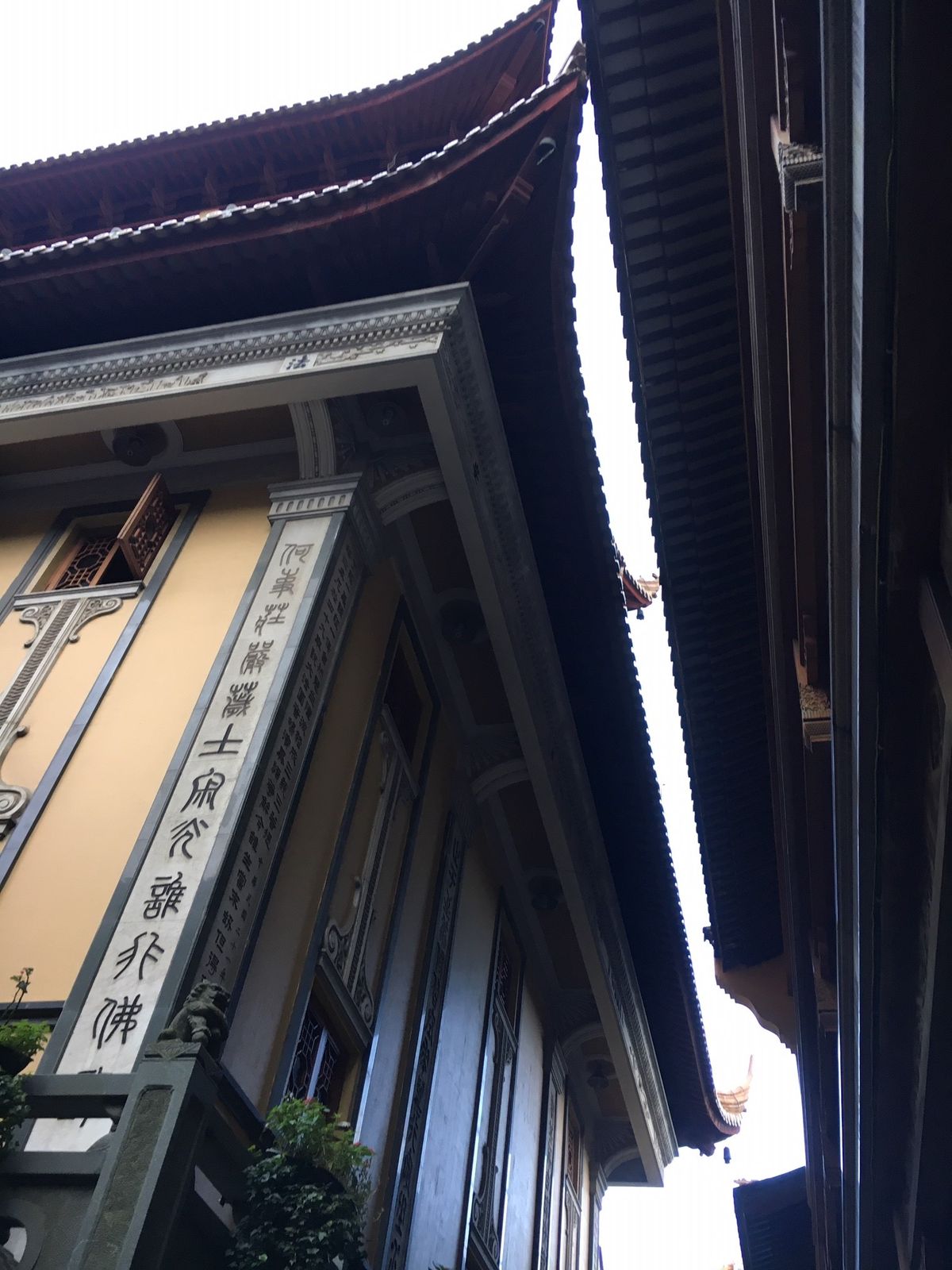About
Located in the area of the city’s former French Concession, Fazangjiang distinguishes itself from other Buddhist temples in Shanghai by being free to enter. Despite this, Fazangjiang is still remarkably under-visited.
The temple, built in 1929, is part of a shikumen-style residential block between the Laoximen and Xintiandi residential districts. (Skikumen is a style of traditional Shanghainese architecture that blends Western and Chinese features.) During the Cultural Revolution, the temple’s buildings were briefly used as a factory under Communist rule, until the regime's position against religion relaxed.
Following China’s (and specially Shanghai’s) modernization and embrace of capitalism, Xintiandi has rapidly been transformed into one of the city’s top high-end retail and luxury areas. While this gentrification is spreading into Laoximen, the temple still anchors a more traditional shikumen block.
While many of these shikumens continue to be torn down in favor of higher-density apartment buildings, Fazangjiang's standing as a peaceful oasis in the midst of rapidly-transforming Shanghai means there is hope that it might serve as inspiration to keep its immediate area from succumbing to the wheels of progress.
Related Tags
Know Before You Go
Street signs directing visitors to the temple also call it Fa Zang Jiang and Fa Zang Si, but they all lead to the same place. A small vegetarian restaurant operates out of a side door of the temple.
Published
October 2, 2019






















